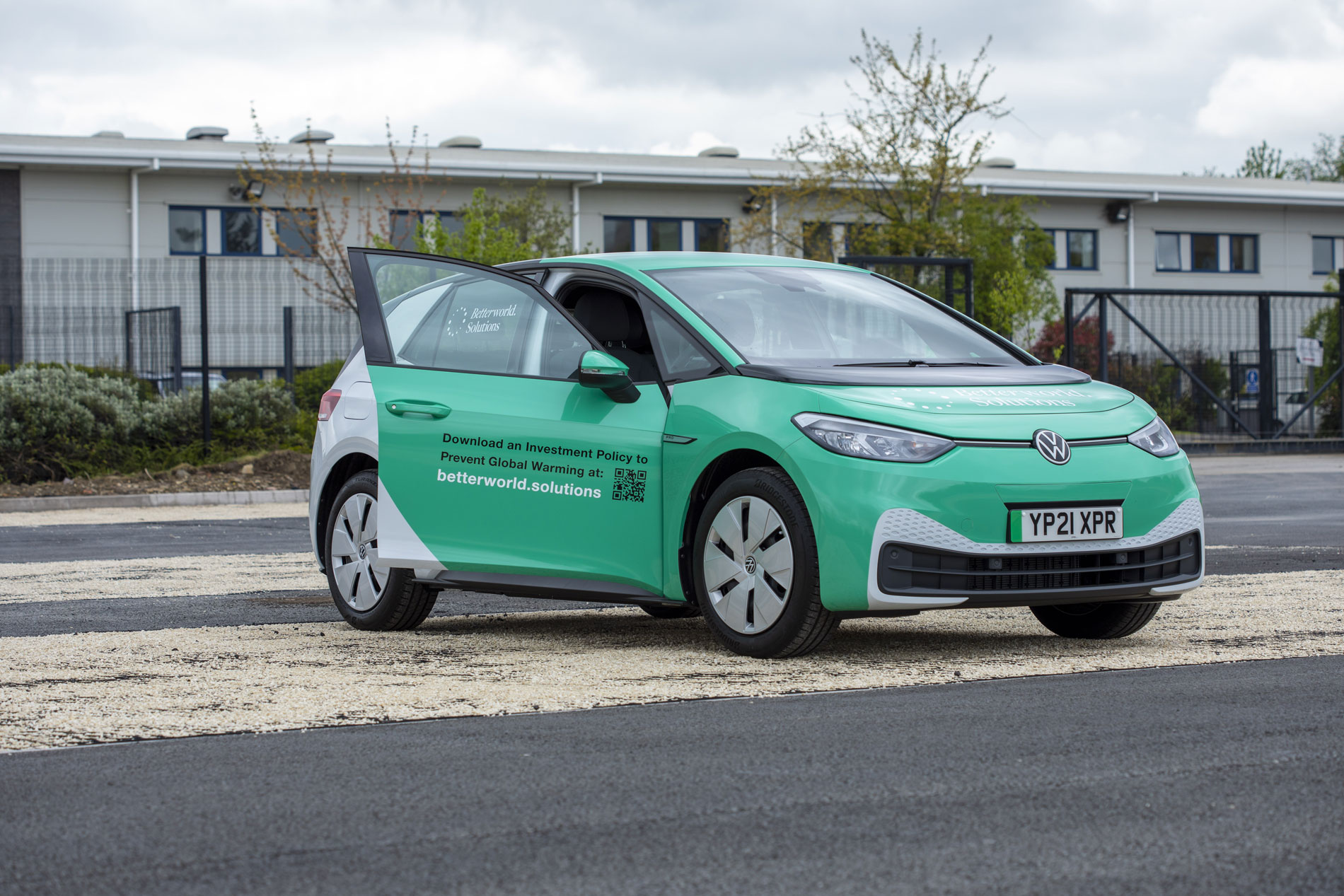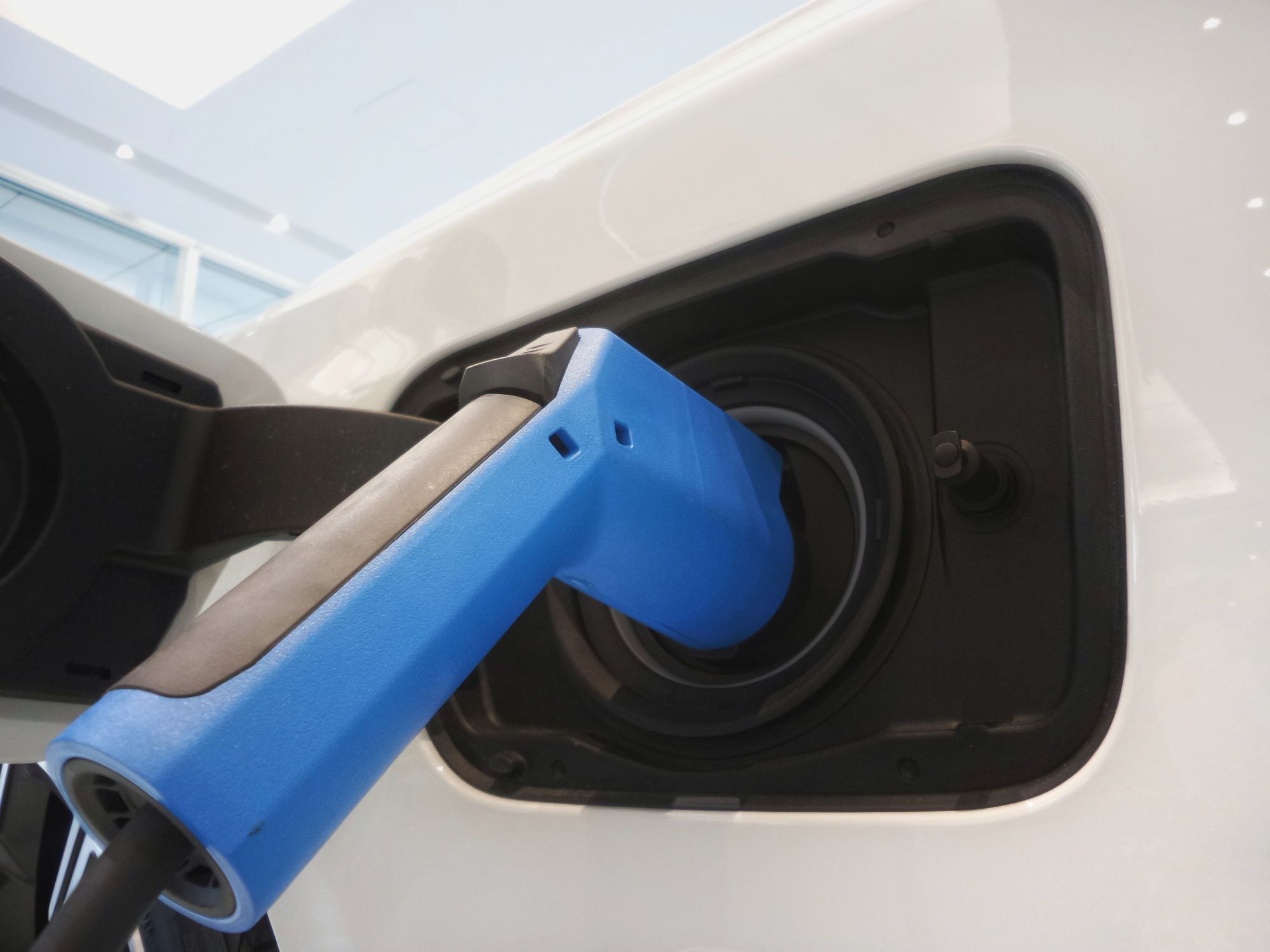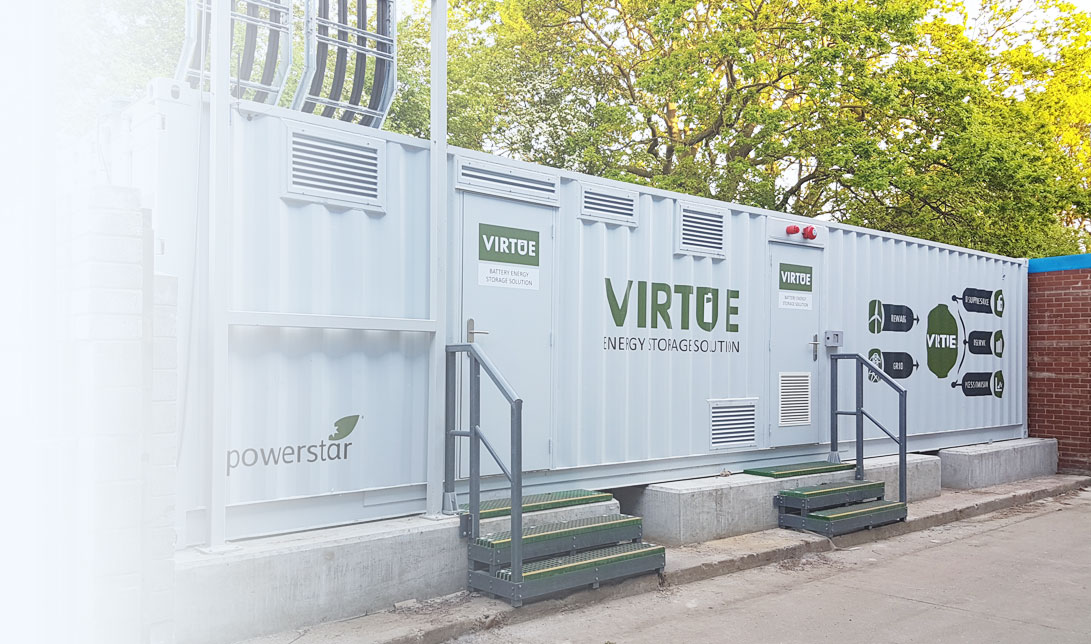
A policy to use electric vehicles and support electric vehicle charging points for employees, guests, customers and suppliers is an essential part of any “Investment Policy to Prevent Global Warming”
There are 1.4 billion motor vehicles in the world. Let us imagine that manufacturers, restaurant chains, car park owners, hotels, office blocks, football stadiums, cinema chains or anywhere vehicles could be charged for an average 2 hour stay had an investment policy to support electric vehicles. As part of an active rather than passive strategy the CO2 output of petrol and diesel vehicles would be replaced with emissions free output of at least 5% i.e. 70 million more electric vehicles globally. I intend to write a paper on the recently adopted AESSEAL plc investment Policy to support electric vehicles as a guide for those who would like to follow or successes and learn from our failures.

By adopting a policy AESSEAL has already, in 6 months, electrified 5% of its fleet. If everyone adopted an investment policy to support electric vehicles and put some management time and money in, the world would convert at least 70 million extra petrol or diesel vehicles to electric vehicles in the next two years.
On the 30th April I asked a supplier whose business is batteries to review/ proof read the content below to which I received an instant and positive confirmation. I sent a follow up mail on 10th of May which, at the time of posting the content on betterworld.solutions, had not been replied to. It just demonstrates that there is little or no sense of urgency.
Betterworld is open to show case any environmental solution free of charge. We particularly welcome content that is not in our business sphere but apathy, no sense of urgency or it is just a bad idea to try and get environmental solutions working now (in the next two years), have made it difficult to find contributors.
We would welcome an independent review of any of the content of betterworld.solutions, not just what follows:-
Batteries - An Essential Component of Net Zero
Traditionally electricity was produced to meet or slightly exceed peak demand. That was always wasteful and is even more wasteful if you cannot stop producing, for example, wind and solar power, even if there is no demand.
Other technologies are being developed, but currently the only possible sustainable way to diminish the amount of energy wasted is battery storage.

Electric Vehicle Batteries
Electric vehicles require energy. In April 2021 the range of electric vehicles has improved, but the top line range figures quoted are not representative of reality.
It is impractical to charge a vehicle battery beyond 80% in most circumstances, with the possible exception of home charging.
It can take as long to charge an electric vehicle battery from 80% to 100% as it takes to charge it up to 80%.
Home chargers are slow charges, sometimes called trickle chargers and are not really chargers. Most home chargers take the single phase electricity provided in the home and run it through a transformer so most medium sized electric vehicles with a top line range of 250 miles (in reality 80% of that or 200 miles) can be charged in an 8 to 12 hour timeframe.
These trickle chargers supply charge at a rate of around 7 kilowatts every hour (7 kWh) and cost approximately £600 for a simple unit to £2,500 for a unit with communications.

There is, however, another slow charger, let us say in common use, which charges at the rate of 22 kWh per hour (22 kWh) or around 3 times quicker and which currently costs approximately £600 to £6,000 depending on communication capability. A 22 kWh charger requires 3 phase power and that can cost up to £15,000 to install in a house.
So, home chargers, either in the garage or on a driveway will almost certainly be the preferred charging method for electric vehicles for a very long time and is perfectly sensible as long as the vehicle can make any round trip without the need to recharge before return to the garage or driveway charging point.
Of course a lot of people have neither a garage nor a driveway to install a charger.
Planning to Charge on Journeys that cannot be made on a full Electric Vehicle Battery Charge
When a round trip is going to drain the charge before return to a garage or driveway charging point, the location and speed of charging points is crucial. The same applies 100% of the time for anyone without a home charger
A slow charger or trickle charger providing 7 kWh, is going to take an average of 8 hours to charge an average size electric vehicle from 20% to 80% (7 kW x 8 hours = 56 kWh), which would be practical if the vehicle is parked in all day parking or overnight parking at say a hotel, for an 8 hour period.
There would also be circumstances when it might be okay to park for an hour and get enough of a boost to get back home.
Faster Chargers
It is possible to fast charge an electric vehicle in between 20 minutes and an hour, i.e. 20% to 80% by using a 50 kWh to 120 kWh charger.
The problem, however, is that in almost no circumstances will it be possible to take the current directly off the Grid for these fast chargers, which means that fast charging points will be supported by large storage batteries or dedicated HV supply networks. There are very few High Voltage supply networks in the UK at the time of writing this simplified overview.
Large Storage Batteries (LSB’s)
The capacity of large storage batteries will vary depending on the charger but the cost can be as high as £100K and absent an HV network a big battery is required to charge smaller vehicle batteries.
Most LSB’s will be set up to take energy from the Grid off peak (often at night) and the re charged battery can release it back to a limited number of electric vehicles during the day. It is possible to use solar power to charge the LSB at a significantly increased cost, but it is arguable that the solar energy generated will never be enough to be worthwhile in the current UK climate.

Container Size UPS’s for Factories
A UPS is an Uninterruptible Power Supply, based upon batteries. A UPS purchased by AESSEAL plcin 2019 had a cost of £400K.
In addition to preventing computers and machines crashing in the event of an interruption of the power supply, the UPS is set up to take energy from the Grid at night and sells that energy back to the Electric Grid during the day.
The average “profit” obtained from buying electricity inexpensively and selling it back at peak times was £55K/year. There are additional revenues.
Modern UPS’s, Container Sized and Electric Vehicle Charging
At around the above cost it is possible to design a new building to have an uninterrupted power supply that not only purchases energy at night to store and releases it back to the Grid during the day at peak demand times, but that can also charge a number of electric vehicles as well as or instead of selling the energy back to the Grid.
Mega Battery Plant to Support the Large Batteries
No purely petrol or diesel electric vehicle can be sold after 2030, but it will still be allowable to buy hybrid vehicles.
To meet the ambitious climate change target set by the UK Government, it will probably be necessary to build at least 4 mega battery plants of at least 30 gigawatt hours capacity per year EACH.
These mega battery plants will store energy which will probably increasingly come from renewable sources and will feed intermediate batteries that will eventually provide uninterrupted power and / or power entire facilities, as well as being used to recharge the batteries of electric vehicles.

Opportunity for Councils?
At the time of writing this simplified overview there was a single mega battery plant under consideration in the U.K. which had a reported cost of £4billion sterling and was not going to come fully on line for circa 20 years.
Could Councils or the UK Government identify a plot of land of at least 15 to 20 acres, close to major population centres that is suitable for construction and operation of a mega battery plant? What if the Council or Government went through the planning process, without having an immediately available occupier and got planning consent for the creation of a mega battery farm? If you plan it, they will probably come.
The Production of Batteries actually used in electric vehicles
There was at least one factory in South Wales under construction at the time of writing. Do we need more and should local Councils or Government do more to make this sort of inward investment a priority?
The Free Market will take over?
It is of course more likely that the private sector will engage more rapidly, at least in the UK, as the market has been created due to the government policy to ban the sale of petrol and diesel only cars in 2030.
The cost of Electricity is a lot less than the cost of petrol or diesel
An electric vehicle battery can be charged at a cost of as little as 4p per mile (average 7p per mile) if charged at the lowest demand tariff that often applies at night.
The lower cost per mile is a selling benefit which is currently offsetting the higher purchase price of electric vehicles.
There are also subsidies for buying an electric vehicle which are already being reduced.
A large percentage of the cost of petrol and diesel is taxes and it is inevitable that the tax lost on petrol or diesel will have to be made up elsewhere.
Do not be surprised if the price per mile of electric vehicle charging rises rapidly over time due to the addition of taxation.

Written by Chris Rea, Group Managing Director, CBE, DL, BSc, CEng, HonFIMechE.
Follow Chris on Linkedin https://www.linkedin.com/in/chris-rea-8961b617/detail/recent-activity/posts/



